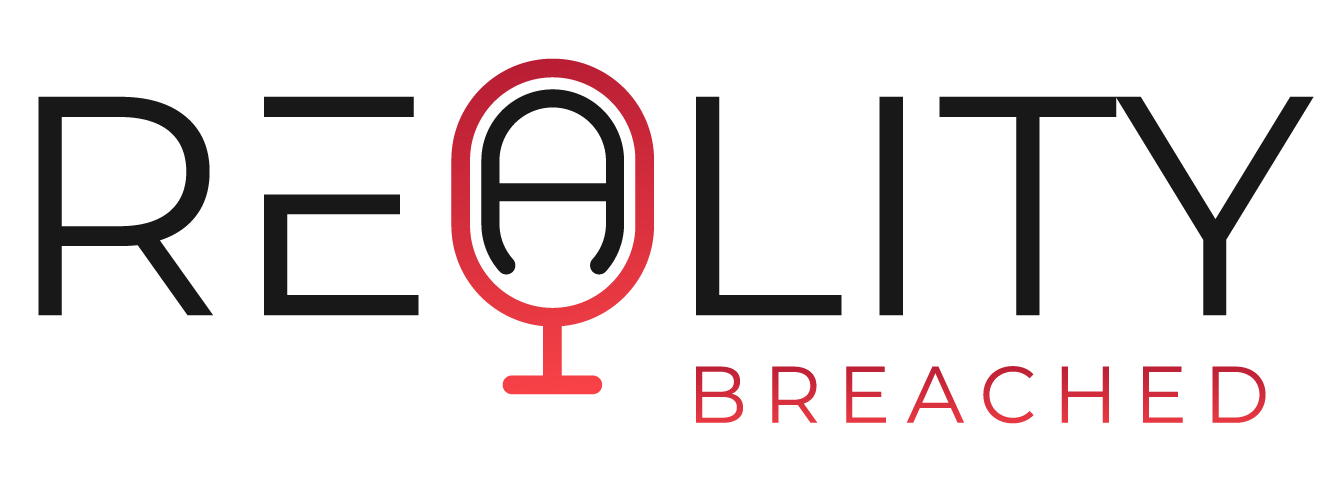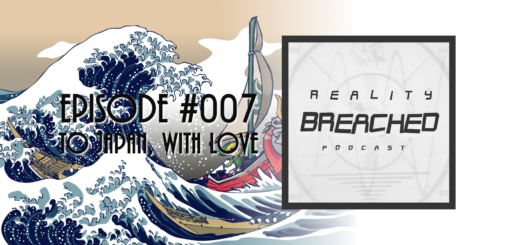Child of Eden Review
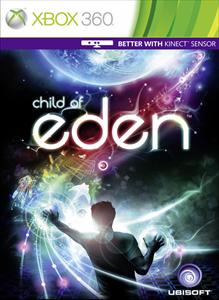 From the onset of Child of Eden its very easy to see that it will be a very divisive game. The similarities to Rez are plenty and whether you like Child of Eden will be directly related to how much you like the Rez style of game play. If you don’t know what Rez is, look it up, if you do…well you probably already own Child of Eden.
From the onset of Child of Eden its very easy to see that it will be a very divisive game. The similarities to Rez are plenty and whether you like Child of Eden will be directly related to how much you like the Rez style of game play. If you don’t know what Rez is, look it up, if you do…well you probably already own Child of Eden.
On paper, Child of Eden is a rail shooter with support for Microsoft’s Kinect sensor. If motion controls in rail shooters on other platforms (I.E. Wii) are any indication on the general quality of the genre, one would not expect Child of Eden to succeed in the Kinect department. However, I am pleased to say that the Kinect support in Child of Eden more than just works, it gives the sensor a credibility that no other game to date has.
The story is simple, Save Lumi. There’s a uniquely Japanese angle and a set of lovely video sequences holding the story together, but its done in such an abstract way that to a non-Japan-o-file American it could come off as cheesy and/or too over the top. Luckily, the story is basically inconsequential. You have no character, or avatar and you don’t directly interact with Lumi. She (Lumi) shows up numerous times during the game as background fodder but in your short time spent with the game its unlikely for an emotional attachment will be developed.
All of the shooting is done from the first person perspective and the player is given 3 different weapon options: a lock-on shot, a rapid fire shot and a bomb named Euphoria that clears the screen momentarily. Using these weapons, the player must shoot enemies as they approach and clear the level. Certain weapons work better against certain enemies and the game does a good job of both blatantly communicating this mechanic and subtly mixing it into the gameplay. There’s a total of 6 levels, 5 “story missions” and a bonus level. Most of them can be completed within 15 minutes making Child of Eden pretty light on content.
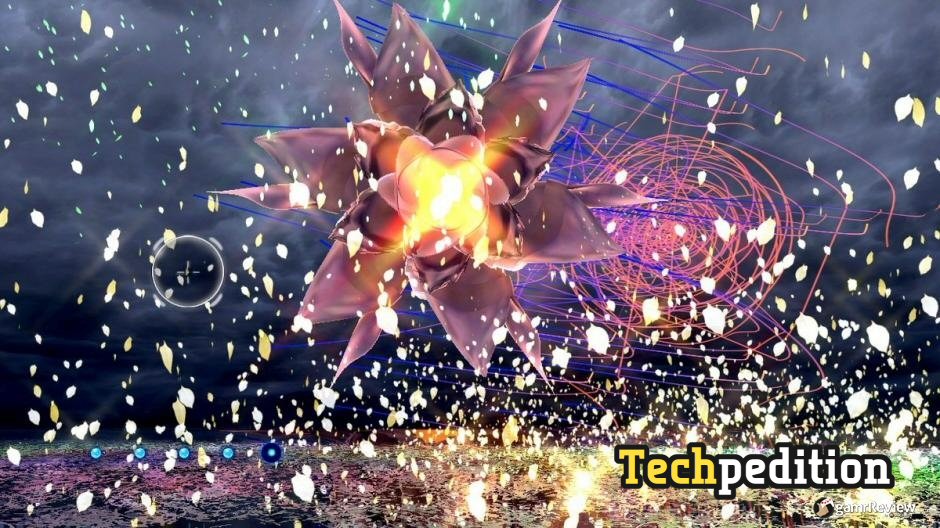
Where Eden stands out is its art direction. The jury is still out on whether video games themselves are “art” but Eden makes a strong case for it. It definitly has art in it, and the art is phenomenal. Each level plays out like a trance inducing, fever dream of euphoric, eye popping, brightly colored, acid trip laden, kaleidoscopes. Each section of the levels blend between each other beautifully and nearly every thing on screen is interactive.
The best buzzword to throw at the sound design is “procedurally generated music.” Everything you touch and every thing you shoot makes a sound. Most of these sounds fit squarely into the music that is being played, much like what is found in the previous Q? game, Lumines. This gives the experience a faux-rhythm game mechanic.
The combination of visuals and an exciting Japanese techno soundtrack, gives the game a unique setting and feel. Even if you don’t like Child of Eden, you will never have played anything like it before. The difficulty curve is acceptable and the “Normal” difficulty setting is right where it needs to be, with two additional difficulties above that.
The game can be controlled Rez style with a controller, or players that have a Kinect sensor can use it as the sole input device. Like last year’s Harry Potter game Eden is labeled as “Better With Kinect”. The gestures needed to play the game are easy, and effective. Child of Eden could truly be the beginning of the second generation of Kinect software, and as promised the precision has been significantly improved. Of the Kinect titles I have played its the most responsive.
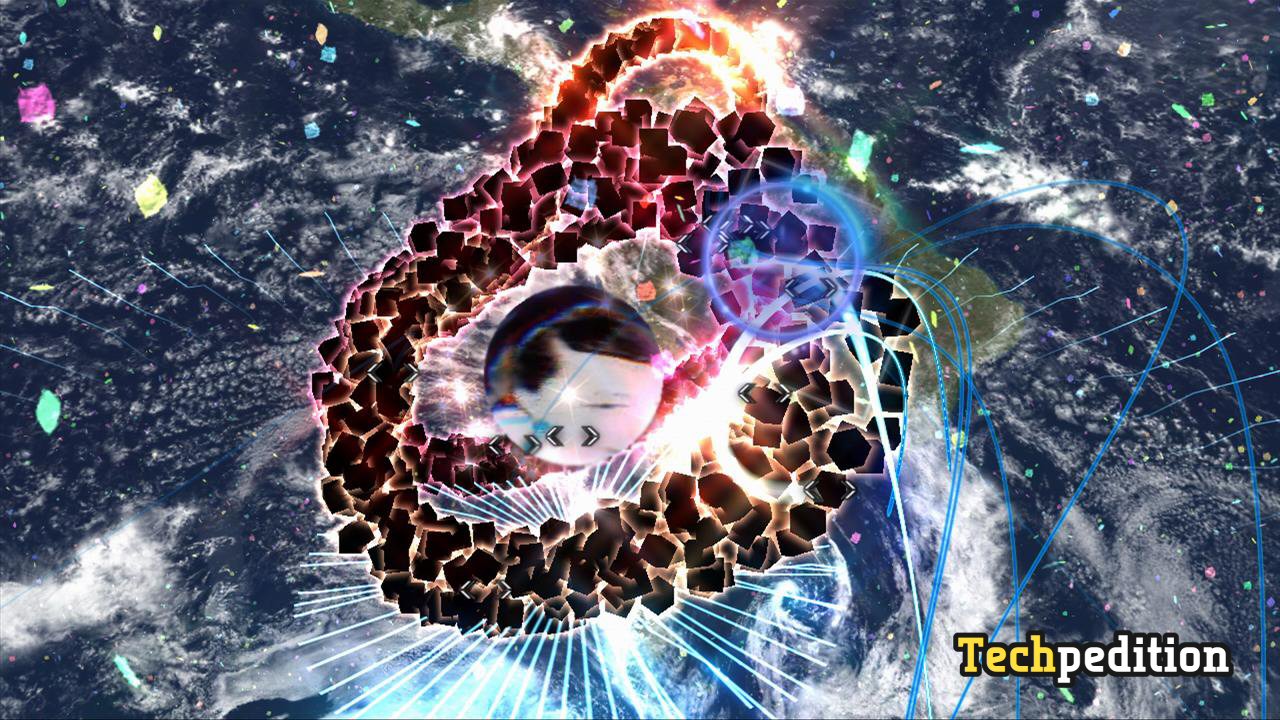
In fact, after playing with Kinect controls, I tried it with a 360 controller and not only were the controls slower, the gameplay was significantly less satisfying. I’m not saying Child of Eden is a Kinect killer app, but if you have no experience with Rez, playing it with the Kinect sensor is definitely the way to go.
Many people (Americans) might be turned off by the bizarre and sometimes evanescent visuals that show Child of Eden’s Japanese roots. Its visual and audio styles are heavily reminiscent of Lumines and Rez. Its a trait Eden wears as a badge. A badge that Q? has created as a way of distinguishing themselves as an art studioin addition to a game developer. Even the inclusion of music from Genki Rockets (a partially fictitious Japanese pop group) is unique to Tetsuya Mizuguchi games and Q? as a whole.
The other aspect of Eden that might turn gamers off is its length. Clocking in at about 1:45 of content, Child of Eden makes the assumption early on that you as a player are going to want to repeatedly play the 6 included levels. For fans that enjoy replaying and beating their previous scores, Child of Eden will please. Gamers looking to play Eden once and move on, will be seriously disappointed.
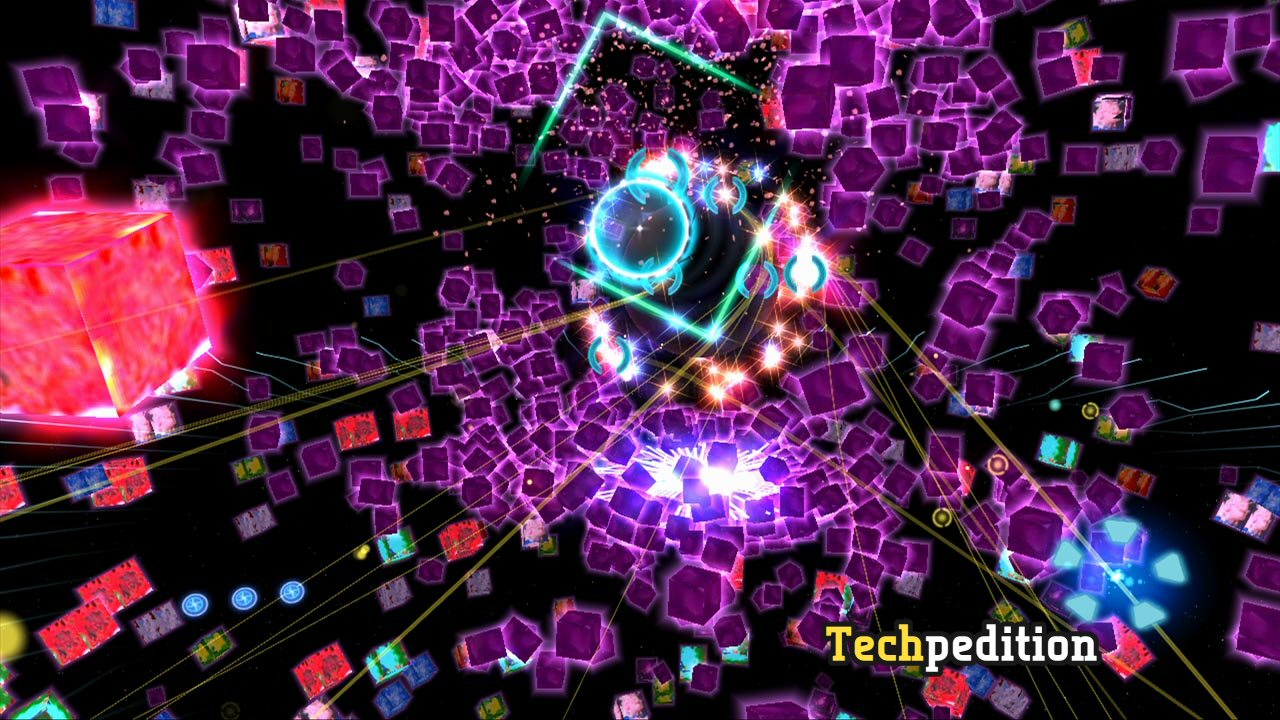
The experience holds up well enough when playing through the levels on different difficulties and its a game that actively feels like you are getting better at it as you play. Numerous unlocks are dangled as carrots to encourage further playthroughs, but in the end its short and for many people that will be a major issue.
A few other things that are noticeably missing are DLC, multi-player and dual wielding. You laugh, but had the player been able to dual wield the two main weapons, Child of Eden would be even more bonkers. If you have Kinect and you read this thinking you would like it, buy it, its the equivalent of an eyegasm. But if you don’t like Japanese art direction, and don’t replay games often, stay away.
Verdict: Not a Kinect seller but a great Kinect companion.
